thinker | writer | introvert infj | restless | protagonist | boredom | pessimist | social anxiety | imposter syndrome
Don't wanna be here? Send us removal request.
Link
The History of Kollam Era
Initially Keralites followed the Kali abda based on the Chathuryuga system. According to this there are 4 yugas -Satya Yuga, Treta Yuga, Dwapara Yuga, and the Kali Yuga. Kaliyuga started on February 18, 3102 BC. Having surveyed the internet extensively, this is the most in-depth article I have found discussing the history behind the Kollam Era. In brief, from what I’ve understood, many theories revolve around how it came about, many of which include other significant events which happened around 825 AD when the Era began:
The “Kolla Varsham” started with the erection of a ‘Siva’ temple at Quilon or Kollam in 824/825 AD. As its origination was strictly local and religious, “Kolla Varsham” was not accepted by the people living in other countries. But, when Kollam became a major trade centre, the traders and the people of other countries began to follow “Kolla Varsham”.
The conversion of King Cheraman Perumal of Kodungalloor to Islam and his consequent pilgrimage to Mecca or Mount Kailasam…
The launch of Kollavarsham was to commemorate the complete transition of Kerala from the Dravidian-Buddhist tradition to the Aryan-Vedic system in 825, from the reign of Perumals to a caste based rule.
The educated king Raja Udaya Mathanda Varma, the Lord of Venad, summoned a special council under his authority at Kollam, to make extensive astronomical calculations and the new era was established with effect from 15 August 825.
The Kollam Era may be connected to the legend of Parasurama, an incarnation of Vishnu, and is also called the Era of Parusurama.
Sources:
http://www.boloji.com/index.cfm?md=Content&sd=Articles&ArticleID=16400,
http://www.vaikhari.org/kollavarsham.html,
http://www.new1.dli.ernet.in/data1/upload/insa/INSA_1/20005b5f_93.pdf,
4 notes
·
View notes
Text


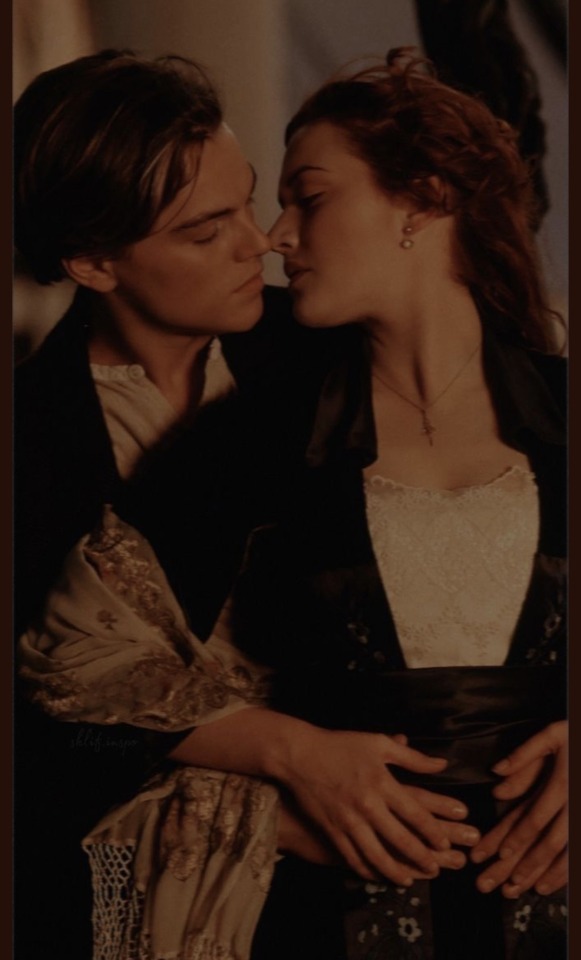

The Person On Your Mind
Pick an Image

Image 1
“I COULDN’T LET YOU GET CLOSE TO ME”
Some of you have a connection that started in the workplace. This person might have gotten close to you after spending a lot of time together at work. As things began to get hot and heavy your feeling started to grow for this person. At the time you were waiting for them to ask you out on a real date and not just “hanging out.” This person is afraid to let someone get in their heart. They worry about getting hurt again like in the past. A previous heartbreak lowered their self esteem and they blame themselves for letting someone get too close.

Image 2
“I BURY MYSELF IN WORK TO FORGET YOU”
Recently you and your person decided to part ways. Both of you are handling this separation differently. This person is seeking distractions to keep their mind off of you. They want to contact you but they are fighting the urge. This person made a huge mistake that has you defensive. They have lost your trust and crossed the line. They are being stubborn by not apologizing.

Image 3
“I WONDER IF YOU ARE HAPPY WITHOUT ME”
The person on your mind has been thinking about you a lot lately. They wonder if you have moved on with your life with another person. They wonder if you are dating or being intimate with someone else. These thoughts make them feel uneasy. They are not quite ready to let you go. You have not been communicating with this person and they miss hearing your voice. They want to make a romantic gesture to win you back.

Image 4
“I WANT YOU”
Right when you decide to start dating the person on your mind will rushing back into your life. You gave up on this connection due to their immaturity or the age difference. You were getting frustrated with how they were not ready to get serious. You are attracting new suitors and opportunities right now and are starting to explore for the first time in forever. Take your time.
Which reading resonates?
568 notes
·
View notes
Photo
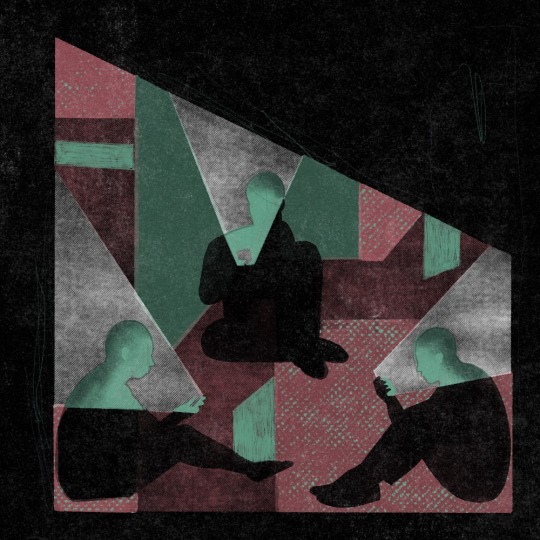
His mother got duped by a man who claimed to love her—so he headed to Nigeria to find the con artist who broke her heart. A rare look inside the world of the so-called Yahoo Boys. The Romance Scammer on My Sofa. The latest incredible true story from The Atavist.
8K notes
·
View notes
Text
Okay, I reeeeally hope this works properly...
Cass apocalyptic series Masterpost
Also known as "Would you believe me if I promised you a good ending" Would even I believe myself? .....
So...one day I thought "hmmm, what if we had another season about the bad timeline" and then I went to draw it
Tip jar (my Ko-fi page)
_________________
Ep 1. Master Leonardo becomes Baby Blue once again
Ep 2. Can you carry your uncles?
Ep 3. Raph is dead. The good news is it's fixable
Ep 4. Your brain may be human, but your soul speaks in turtle
Ep 5. Mikey looks sixty, but he's not even forty. Donnie can do something about that
Ep 6. Krangified
Ep 7. How many cool points does your dad have?
Ep 8. You may not be human. You might actually be a turtle
Ep 9. Commander O'Neil
Ep 10. Tiny Tello
Ep 11. The little things
Ep 12. Everything is falling apart
Ep 13. You are in the past, your thoughts are in the future
Ep 14. Donatello
Ep 15. Raphael
Ep 16. And the two they left behind
If you use my comic pages in your art (such as voiceovers, edits, etc) please credit me as their author and attach a link to this blog.
Otherwise, I can and will report you for copyright infringement. Thanks:)
15K notes
·
View notes
Photo
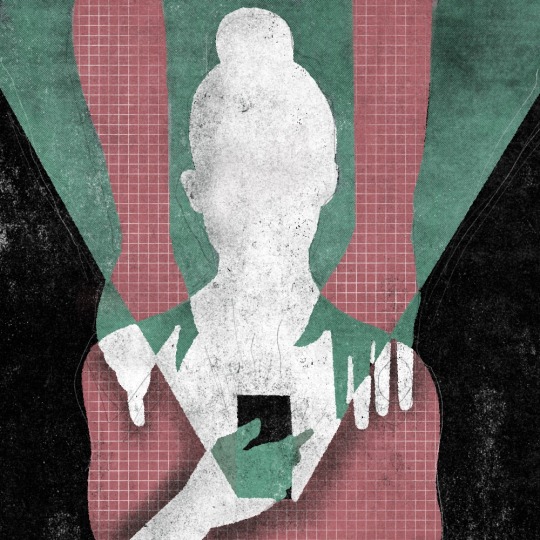
His mother got duped by a man who claimed to love her—so he headed to Nigeria to find the con artist who broke her heart. The Romance Scammer on My Sofa. The latest incredible true story from The Atavist.
13K notes
·
View notes
Photo







A snake story, based on an experience I had while I was in Florida.
312K notes
·
View notes
Text
Homemaking skills I want to learn this year:
Growing my own vegetables
Flower cutting
Preserving food
Baking bread
Sewing
Baking
Cleaning with natural ingredients
Making jam
823 notes
·
View notes
Video
It’s baking season so you need to make this
2K notes
·
View notes
Photo






SOURCE: Head over Heels
and here’s a link to the BONUS PANELS I made for this one! It’s on my patreon <3
555 notes
·
View notes
Photo




listless
p.s. here’s a link to the bonus panels on my patreon
734 notes
·
View notes
Text
Fantasy Guide to Royal Households and How they Work

When I say Households, I mean the entourage that follows around the royal family. The household went everywhere with them to care for their needs from the people who would empty their chamber pots to their noble companions. Most royal households are basically the same as noble ones, only on grander scale. Every royal had a household and an entourage as well as every noble at court.
Palace Personnel ~ The Commons
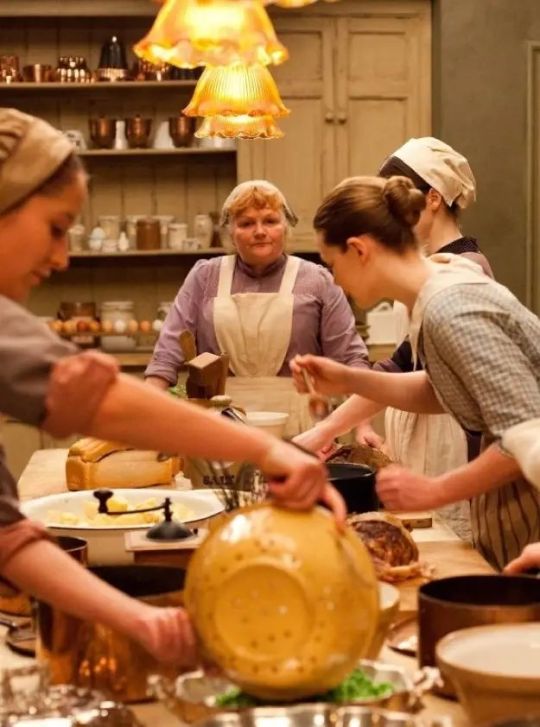
The commons were an intregal part of every household. They made up perhaps 80% of the work force. Royal courts were often on the road and never spent more than a few months at every palace. The court was constantly moving. Some positions were not permanent, meaning certain servants did not travel with the court because they were employed at the palace only. They would be paid by the Monarch's paymaster.
Scullion: The scullion was a relatively easy position to fill so they were often changed as the court went from palace to palace. They would be responsible for scrubbing and cleaning the servants quarters and the kitchens. They would scrub floors with lye, scour pots with sand, sweep put the fireplace and clean up after the other servants. They were the first to rise in a castle and tasked to light all the fires in the kitchens. Scullions would just be employed to the palace and serve a multitude of chambers
Laundress: The laundress was responsible for the cleaning of anything made of fabric in the household. Since they are handling unmentionables, they knew what happened behind closed bedchamber doors. They knew when the King visited the Queen or hadn't, they knew when marriages were consummated or not and they knew when the Queen and royal women were not pregnant. They often sold secrets to pad their pockets. Laundresses might be permanent staff but sometimes not.
Minstrels: The minstrel was a commoner hired to play an instrument or sing for the entertainment of the royal. A royal might staff a few at a time but they would always have one on hand. The minstrel would likely come with their masters as they travelled. The minstrel might serve the main royal household but a royal might retain their own.
Cook: The cook was one of the most important servants in the household. They would have the task of overseeing the running of the kitchens and keeping supplies in order. They would likely be on call at all times. Henry VIII's cook was often woken in the night because his royal master wanted a midnight snack. The cook was a valued member of the household and would have been highly sought after if they were a very skilled cook. They would have travelled with the joint. Cooks were apart of the greater royal household but often royals retained private cooks for their own use.
Maidservant: The maidservant cleans the castle. She would sweep the floors, scrub them, empty the chamberpots, get rid of the ashes from the fire and ready the fire for later. She would make up the bed or strip it for the laundresses. She would wash anything that needed washing including furniture and ornaments. She was likely not a travelling servant and would be strictly employed at a single palace.
Jester: The jester was the hired entertainer. Working under the master of revels, the jester had the daunting task of making the monarch and their family laugh. They would tell jokes, tell stories, cause havoc in the court for laughs and lighten the mood. The most successful jester of all time was Will Somers, jester to Henry VIII. Will broke bad news to the infamously bad tempered monarch and got away with things that would have sent others to the block. Will survived most of Henry's reign, his head intact. Jesters would be apart of the main household though each royal might have one of their own.
Positions within the Royal Household ~ Noble

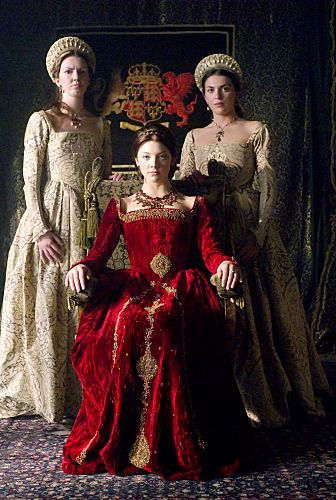
Nobility were always welcomed at court. They eat at court, slept at court and were cared for by the monarch. Some nobles had to sing for their supper and most were hired as royal servants. They weren't exactly scrubbing floors and would be paid handsomely with land that would generate wealth for them
The Steward/Seneschal: This person was the head of the royal's staff. They would have the task of running the lands and servants their master or mistress. The steward served as a backup and assistant in all the tasks even representing their master or mistress when they were unavailable. Would be a high ranking noble. Each royal household would have them.
Treasurer of the Household: The treasurer was the accountant and pay master. They would be in charge of ensuring debts were settled, wages were paid and the household was running within the budget. This was a coveted position because it gave the treasurer insight into the financial situations of the royals. Such info was wroth its weight in gold. Each royal would have one.
Usher: The Gentleman Usher would be in charge of escorting guests into the royal chambers and into the royal presence. They would act as a go between their royal master/mistress and the guest often going back and forth with messages. It was just as coveted as the position of chamberlain but with less responsibilities.
Master of Horse: The Master of Horse was in charge of seeing to the horses of their master. They would oversee the grooms or the stableboy/hands who were employed at the stables to actually care for the horses. The master of horse would ensure that the stables were in order and the horses were up to parr in order to bear royalty across the kingdom. Each royal would have one but there would a main one who acted as overseer.
Master of the Wardrobe/Mistress of the Robes: These are the nobility who are employed to look after the clothes of the royal they serve. This would mainly involve a managerial position, overseeing the inventory of the royal wardrobe (a warehouse like building that housed the clothing) and placing orders for new clothes. It was a tidy job that rarely involved getting the hands dirty. Each royal would have one.
Chamberlain/Valet: The chamberlain is employed to look after the Lord's bedchamber. This was the most sought out position as they effectively were the gateway into the royal presence. Their main task was making sure their boss was comfortable and happy. Could be a well born commoner or a noble. Each royal would have one.
The Page: All royal households had pages. They would be a young noble boy about seven years old sent to their royal master. He would be in charge of tidying up after the lord, carrying messages to other servants and occupants of the castle and serving him at meals. Unlike others on the list, the page would not be paid. His experience was his payment as he would learn the running of a court and how to be courtier. Each royal would have one.
Squires: Squires were like pages though they only served the men. They would accompany their royal master to battle, look after his armour and mail, ensure that his lord's horse was saddled, caring for their master's weapons. The squire would always be a young nobleman on the cusp of becoming a knight.
Governess: The governess is a noblewoman woman employed to oversee the Monarch's children's household. She would be the first teacher a royal child would have and would oversee the nursemaids who would have care of the physical person of the child. She would be appointed when the child was four or five. Notable governesses include Katherine Swynford (wife of John of Gaunt and mother to the Beaufort line), Margaret Pole (wife of Tudor Loyal Sir Richard Pole, sister of the last York heir Edward of Warwick, daughter of George Duke of Clarence and niece to King Edward VI and Richard III), Kat Ashley, Margaret Bryan, Madame de Maintenon and Baroness Lehzen. Most unmarried Princesses retained their governesses while Princes generally outgrew their governesses after they were breeched.
Gentlemen of the Privy Chamber: They were the male companions of a King or Prince, sort of like ladies in waiting but manly. They would accompany the King or Prince everywhere they would go and shared duties with Groom of the Stool (royal toilet paper dispenser) and the Chief Gentleman of the Chamber (overseeing the staff and maintaining the chamber). They would help their master get ready, serve him at the table and organize hunting and games to keep him entertained. Gentlemen and companions where often chosen for their connections as well as their master's own opinion. Henry VIII's gentlemen included: Sir William Compton (ward of Henry VII and heir to rich lands), Sir Henry Norris (the grandson of William Norris who fought with Henry's father at Stroke and a relation to the Yorkists Lovells), Sir Anthony Denny (son of Sir Edmund Denny Baron of the Exchequer) Sir Michael Stanhope (brother in law to Edward Seymour, Duke of Somerset), Charles Brandon (ward of Henry VII and son of Tudor Loyalists)
Ladies in Waiting and Maids in Waiting or Maids of Honour: These are the female attendants to the Queen or Princess. Ladies in Waiting were married while the Maids were unmarried. They would have to attend their mistress wherever she went, help her get ready, keep her chambers in order, write letters for the Queen and maintaining her honour. They were chosen for their connections. Using Katherine of Aragon as an example, her Ladies in Waiting included: Maria de Salinas (daughter of Juan Sancriz de Salinas secretary to Isabella, Princess of Portugal and a Spanish courtier in the service to Katherine's parents, wife of Baron Willoughby de Ersby), Elizabeth Howard (the daughter of Thomas Howard, 2nd Duke of Norfolk, sister to Thomas Howard, 3rd Duke of Norfolk and wife to Thomas Boleyn, ambassador to France), Anne Hastings (daughter of William Hastings, 1st Baron Hastings, wife to George Talbot, Earl of Shrewsbury and Lord Steward.), Agnes Tilney (wife to Thomas Howard, Earl of and 2nd Duke of Norfolk.), Elizabeth Scrope (wife of John de Vere, Earl of Oxford, a loyal Tudor lord), Margaret Scrope (wife of Sir Edmund de la Pole, Earl of Suffolk cousin to the King), Anne Stafford (sister of the Duke of Buckingham, married Sir George Hastings, Earl of Huntington and daughter of Henry Stafford, 2nd Duke of Buckingham (cousin to the King) and Lady Katherine Woodville (sister of King Henry VIII's grandmother and his great aunt by her marriage), Elizabeth Stafford (sister to Anne Stafford wife Robert Radcliffe, Lord Fitzwalter and Earl of Sussex around). Their connections are what got them their places and you can see why they were chosen.
Accommodation
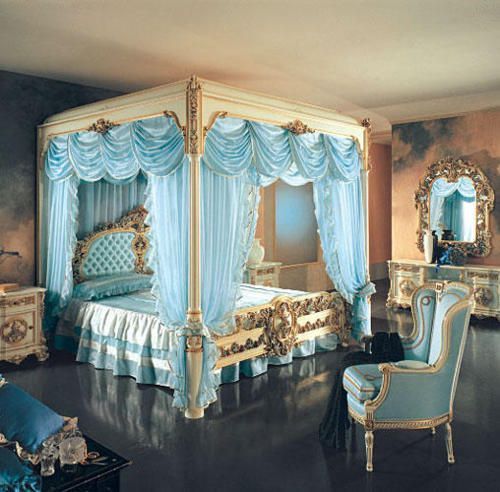
Accommodation can be a difficult thing to sort both as a writer and a steward. You might have a palace of 200+ bedchambers in which you must house a staff of 500-/+, a varying amount of nobles, the royal family (of a varying amount) and their own households. When assigning rooms it is best to think of a Russian nesting doll. Start from the inside and work your way to the outside.
The best rooms go to the monarch, their consort and their children/siblings/parent(s). These chambers would include the bedroom, a drawing room/ common area, a privy, a closet (a small chamber that can be used for prayer or work). They would be furnished with the best cloth, the best candles and whatever furniture brought by the resident since most royal courts travelled from palace to palace. They will also have chambers for their personal servants such as ladies in waiting and grooms.
The second best set of rooms would go to the highest ranking nobles/people in the court. These rooms would be less fancy and a little smaller. These would be given to from titled nobility descending from those of Ducal rank (Dukes/Duchesses) or even members of the council such as Thomas Cromwell in Tudor times.
The next set would be considerably smaller, perhaps minus a closet or a drawing room. Given to lower nobility.
The next level of chambers would be smaller perhaps only the bedroom and a common area given to minor nobles.
The last set of rooms would be small and only hold enough room for a bedroom. Servants would have to sleep on the ground on pallets beside their masters.
Any other guests at court would have to stay at off-site locations around the palace in the city. Some nobles at houses around major palaces just in case they arrived late or were kicked out of court.
18K notes
·
View notes
Text
Nothing is new.. everything is continuation of something
0 notes













